Some parts of the planet feel like they belong in a different world altogether, not because they’re dramatic or extreme, but because they’re quietly spectacular.

These are places where rare species thrive, where the climate has shaped the landscape into something unique, and where even a short visit can feel like stepping into a secret. But these ecosystems are fragile. Often overlooked or taken for granted, they’re also some of the most threatened.
Whether it’s because of climate change, deforestation, pollution or development, many of the Earth’s rarest and most beautiful ecosystems are at risk. And once they’re gone, they’re gone. That’s why it’s so important to protect them—because they can’t be replaced.
Cloud forests
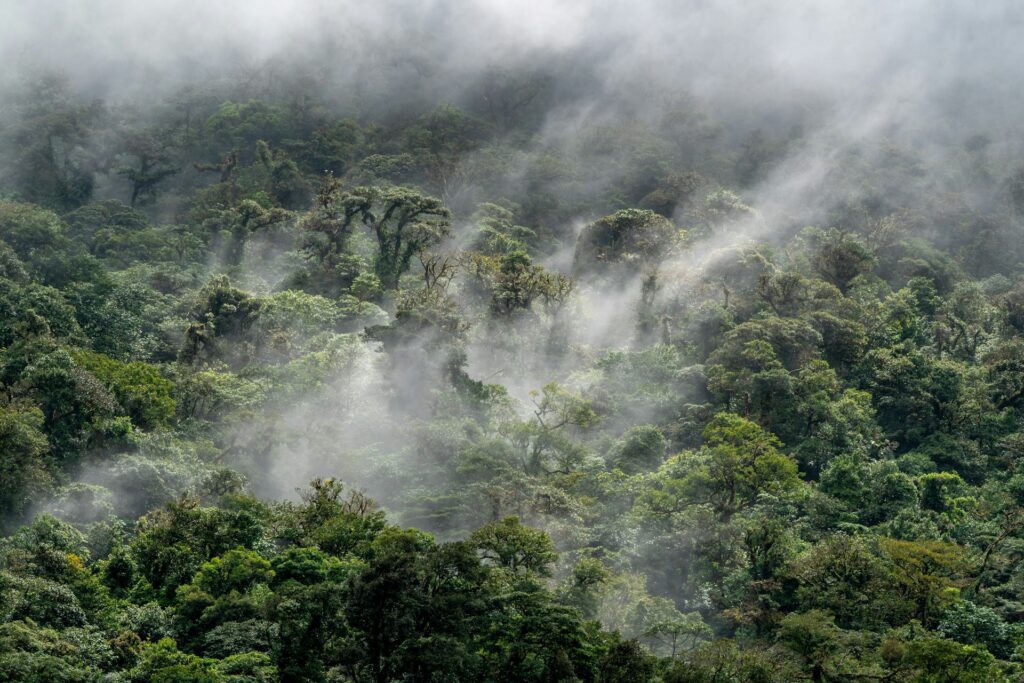
Found in tropical mountainous regions like Central and South America, cloud forests are like rainforests in slow motion. Shrouded in mist, these forests sit high up in the mountains where the air is cool, damp and thick with moisture. They’re home to species you won’t find anywhere else, like the resplendent quetzal and the Andean spectacled bear.
What makes cloud forests so remarkable isn’t just what lives in them, but how they live. Trees are covered in moss, ferns grow out of branches, and everything seems to be dripping. These ecosystems absorb huge amounts of moisture from the air and play a vital role in regulating water supplies downstream. But they’re disappearing fast due to logging and climate shifts that are slowly pushing the clouds higher than the trees.
Kelp forests

Kelp forests are underwater jungles, found in cool, nutrient-rich waters along coastlines like those in California, South Africa and parts of Scotland. Giant kelp can grow more than half a metre in a day, creating vast underwater structures that sway with the current and provide shelter for all sorts of marine life.
Sea otters, sea urchins, fish and seals all rely on these forests. Kelp absorbs carbon, reduces coastal erosion and supports biodiversity, yet it’s incredibly vulnerable. Warmer ocean temperatures, overfishing of key species and pollution all threaten its balance. In some places, entire forests have collapsed. Protecting them means restoring predator-prey relationships and reducing human impact.
Peat bogs
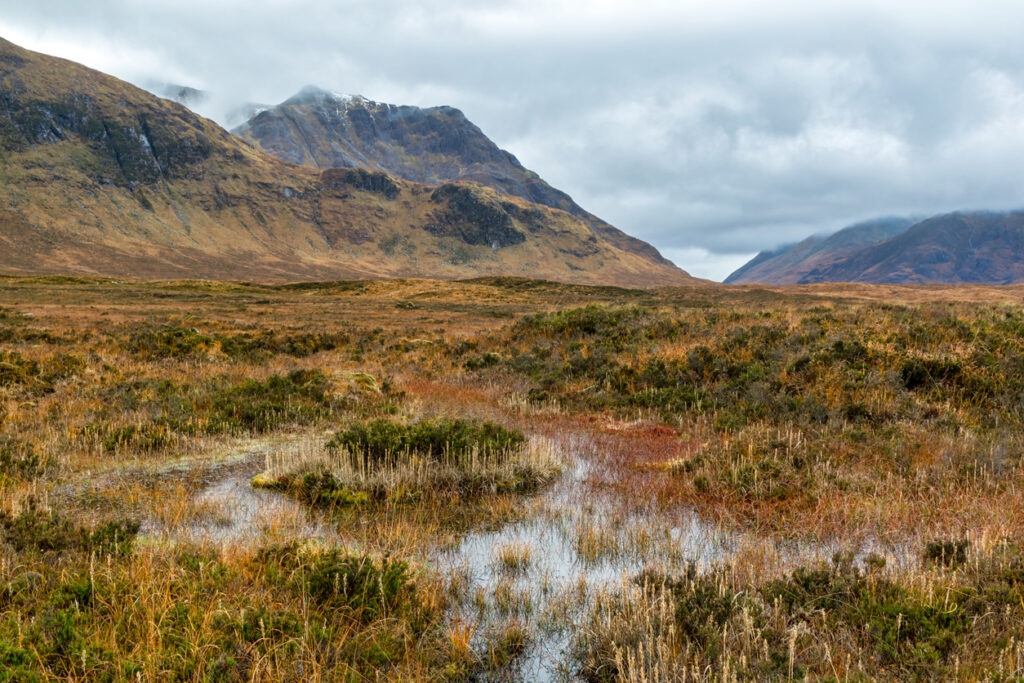
Peatlands might not sound glamorous, but they’re among the most important ecosystems when it comes to storing carbon. Found in places like Scotland, Ireland and Scandinavia, peat bogs are made up of layers of partially decayed plant matter that have built up over thousands of years.
They hold twice as much carbon as all the world’s forests combined, yet they cover just 3% of the Earth’s surface. When they’re drained or dug up—usually for agriculture or fuel—that carbon gets released into the atmosphere. Restoring peatlands is one of the most effective ways to tackle climate change, and the UK has begun rewetting projects to do just that.
Mangrove forests
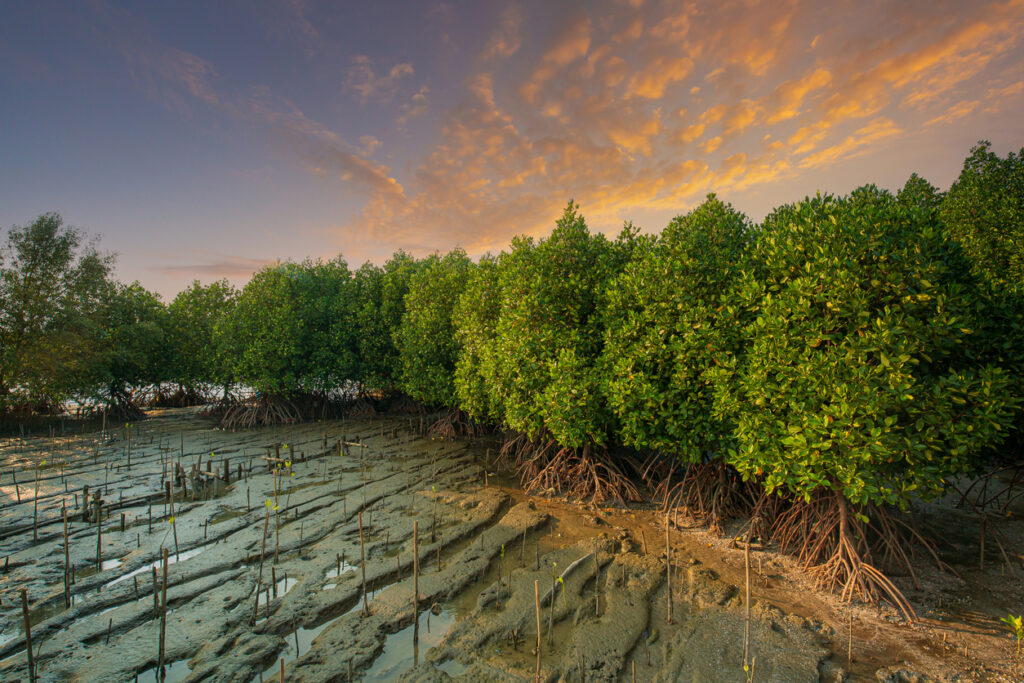
Mangroves grow in salty coastal waters where most trees wouldn’t stand a chance. With their twisted roots and ability to survive where land meets sea, they act as nurseries for fish, buffers against storm surges, and some of the most efficient carbon sinks on the planet.
From Southeast Asia to the Caribbean, mangroves support entire communities—both human and wildlife. But they’re often cleared for development or prawn farming, and once they’re gone, coastlines are more exposed, and ecosystems collapse. Protecting mangroves means investing in their value, not just for their beauty but for the services they quietly provide.
Alpine meadows

High above the tree line, alpine meadows burst into life for just a few short weeks each year. Wildflowers bloom, insects buzz, and hardy animals like marmots and mountain goats make the most of the brief summer. These meadows, found in the Alps, the Rockies and the Himalayas, are delicate and highly seasonal.
They’re threatened by rising temperatures that shift growing seasons and introduce invasive species. Even slight changes in climate can transform these ecosystems beyond recognition. Their beauty is short-lived but spectacular, and losing them would mean losing some of the planet’s most vibrant seasonal displays.
Coral reefs
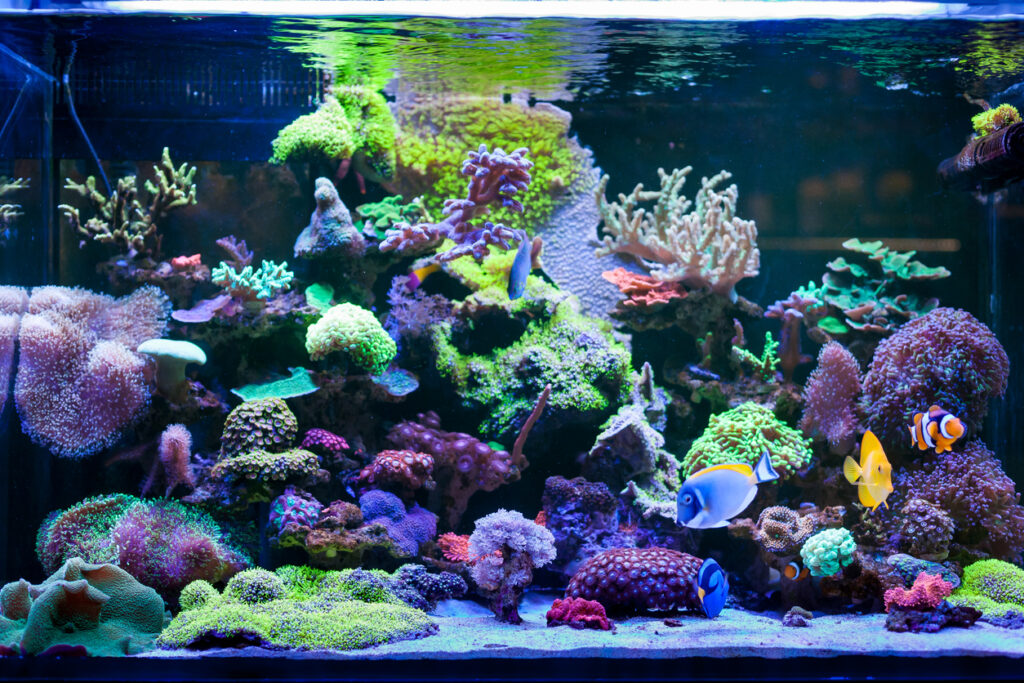
Coral reefs are sometimes called the rainforests of the sea. They’re colourful, complex, and densely packed with life—from tiny shrimp to giant groupers and reef sharks. The Great Barrier Reef is the best-known example, but reefs exist all over the world’s tropical oceans.
They protect coastlines, support fisheries, and draw in tourists. But they’re in crisis. Rising sea temperatures cause coral bleaching, ocean acidification weakens reef structures, and pollution from land chokes them out. We’ve already lost a large portion of global reef cover, and the rest hangs in the balance. Restoring them is difficult, but not impossible—and every action counts.
Temperate rainforests

Most people associate rainforests with the tropics, but temperate rainforests exist too—cool, wet forests filled with old-growth trees, moss-covered trunks and a constant drizzle. The Pacific Northwest in North America is home to some, but the UK has its own small patches in places like the west coast of Scotland.
They’re rare, and they’re shrinking. Timber harvesting, development and invasive species all threaten these lush, green havens. Yet they’re vital for biodiversity and carbon storage. Their quiet, damp beauty feels almost mythical, and they deserve far more recognition than they get.
Seagrass meadows
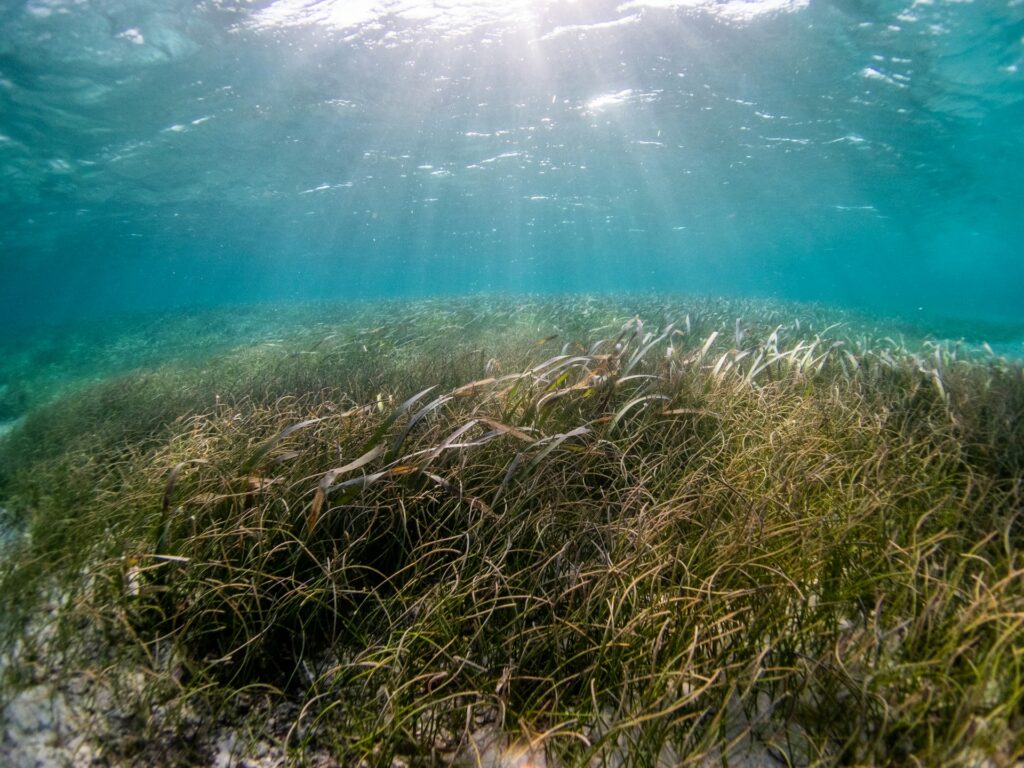
Seagrass meadows might not look flashy, but they’re quietly brilliant. Found in shallow waters around the UK and across the globe, seagrass supports fish populations, stabilises the seabed and captures carbon at a rate comparable to forests.
Unfortunately, they’re disappearing at an alarming rate—mainly due to pollution, boating and coastal development. In the UK, over 90% of historical seagrass cover has been lost. But there are active restoration projects now underway, including planting seagrass by hand to bring these important ecosystems back.
Dry forests
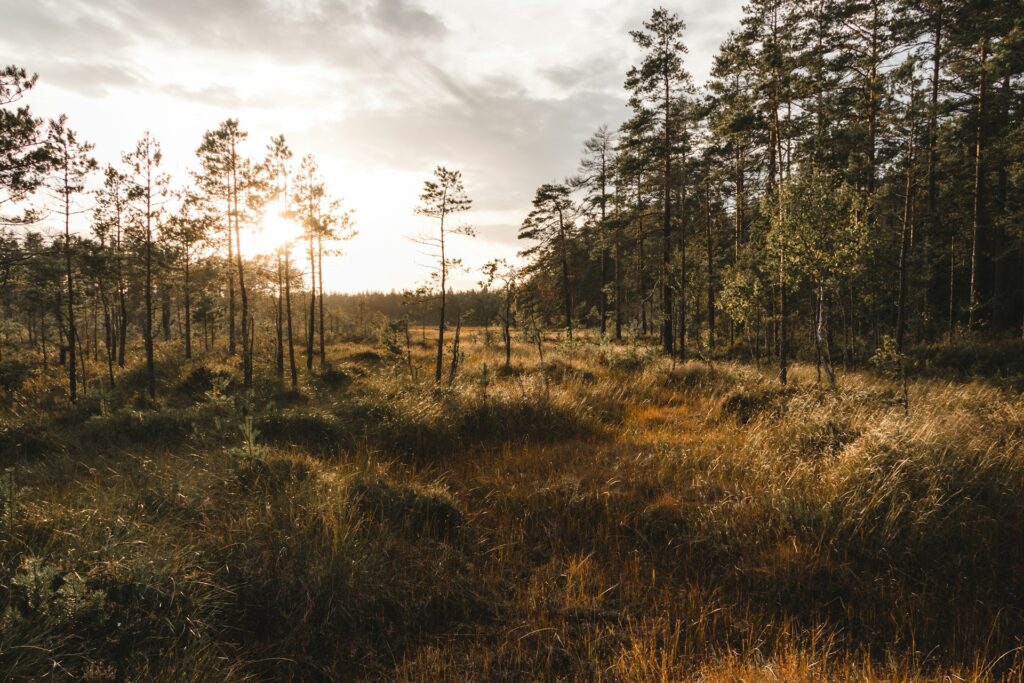
Tropical dry forests don’t get the same attention as their wetter cousins, but they’re just as vital. Found in parts of India, Madagascar, and Central America, they experience long dry seasons followed by bursts of rain, creating a unique rhythm of life.
These forests are home to species that have adapted to extremes—deciduous trees that shed their leaves to survive drought, and animals that time their reproduction to the rains. But they’re under intense pressure from agriculture and fire. Once cleared, they rarely regenerate in the same way.
Freshwater wetlands
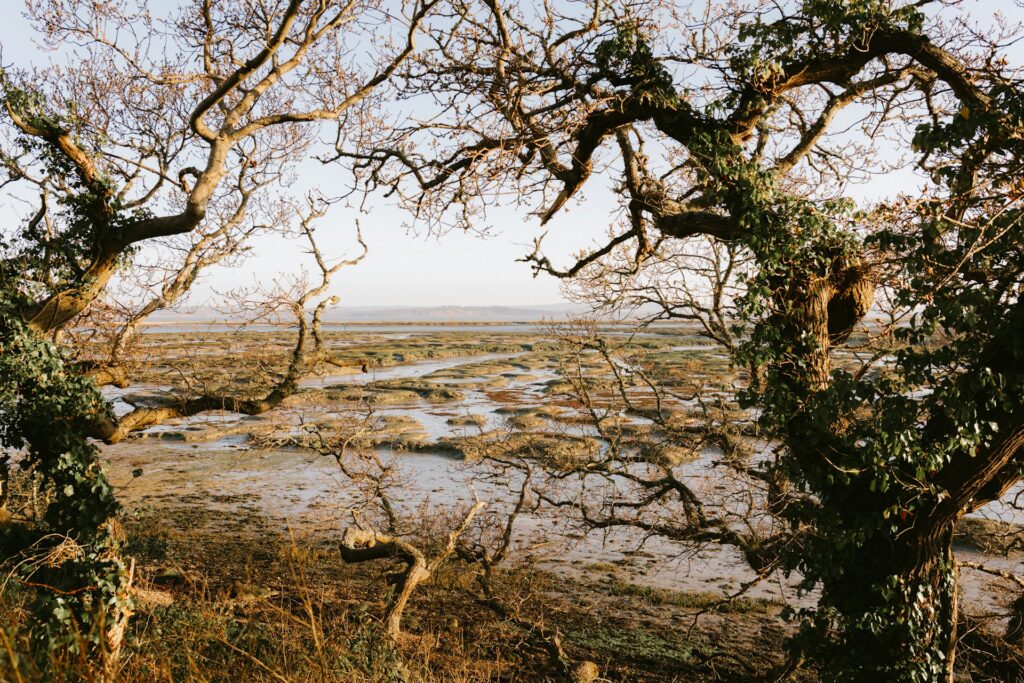
Wetlands are some of the most productive ecosystems on Earth. Rivers, lakes, swamps and marshes all fall under this category, and they support birds, amphibians, fish and mammals alike. They also act as natural filters, cleaning water as it flows through.
Draining wetlands for farmland or urban expansion has destroyed huge swathes of these ecosystems. Yet their value is immense—not just for wildlife but for flood control and water security. Bringing wetlands back means bringing life back to landscapes.
Protecting what can’t be replaced
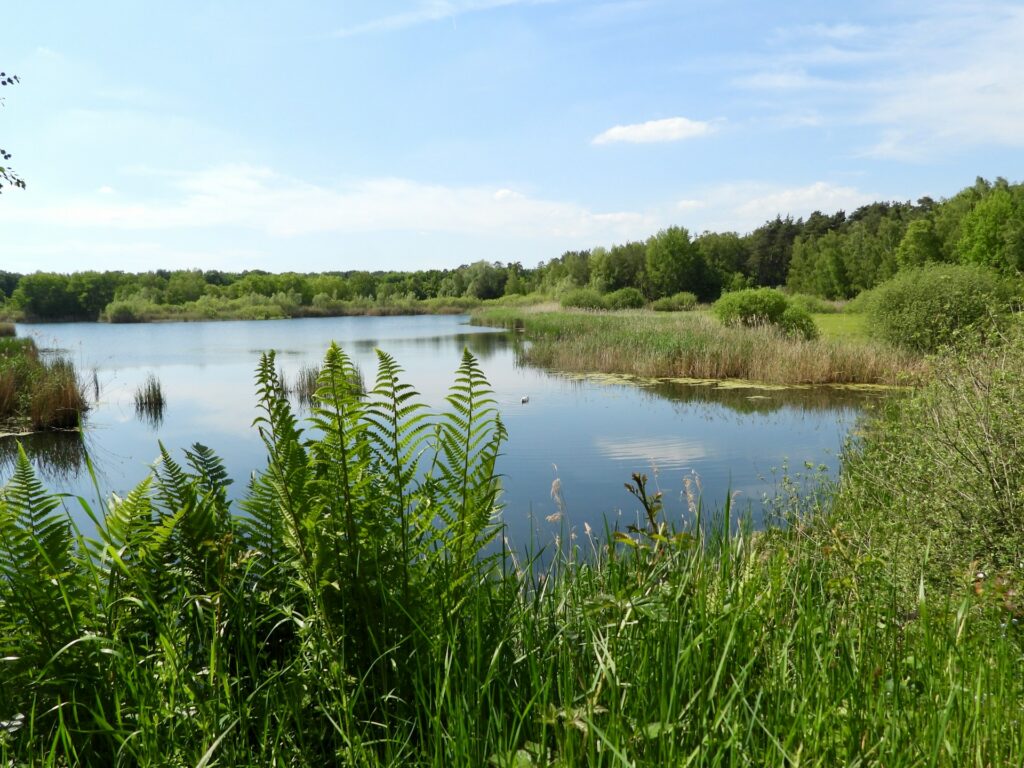
These ecosystems might not always make the front pages, but they matter. They support species found nowhere else. They store carbon, clean water, regulate climate, and help humans as much as wildlife. And many of them are closer to collapse than we’d like to admit.
Protecting rare ecosystems isn’t just about saving pretty places. It’s about recognising that these corners of the world do a lot of heavy lifting, quietly keeping things in balance. Once they go, the knock-on effects are huge. And more often than not, the damage is permanent. We still have time to protect what’s left, but time is running out. These places are worth saving—not just because they’re rare and beautiful, but because we need them far more than they need us.